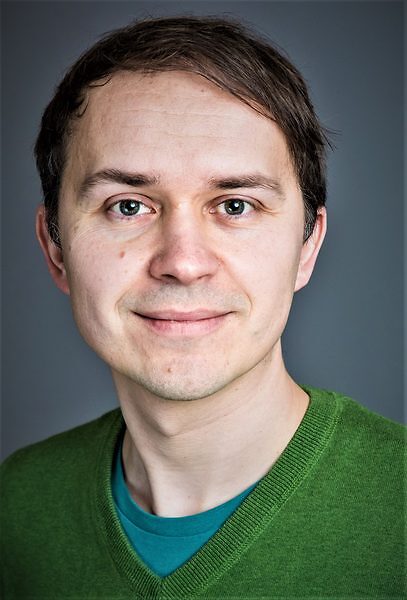[Seminar] - The evolutionary origin of synaptic signalling machinery and animal cell differentiation by Professor Pawel Burkhardt

Date
Location
Description
Abstract
Choanoflagellates are the closest single-celled relatives of animals. Strikingly, these tiny protists can not only alternate between unicellular and multicellular states, but also express many genes previously thought to be animal specific (e.g. cadherins, tyrosine kinases, synaptic proteins), making choanoflagellates powerful models to investigate the origin of animal multicellularity, the mechanisms underlying cell differentiation and the ancestry of synaptic protein machinery. In the first part of my talk, I will show that both, temporal and spatial cell type differentiation was present in the stem lineage leading to animals. We have reconstructed entire choanoflagellates and sponge choanocyte cells in 3D through transmission electron microscopy on serial ultrathin sections. Our work has revealed several surprises about cell differentiation in choanoflagellates and constitute an important step in reconstructing the cell biology of the last common ancestor of animals. In the second part of my talk, I will present our recent discoveries on synaptic protein homologs found in choanoflagellates. We have biochemically and structurally characterized several synaptic protein complexes from choanoflagellates and gained insights into their molecular mechanism. For example, we identified a primordial neurosecretory apparatus and found that the mechanism, by which presynaptic proteins required for secretion of neurotransmitters interact, is conserved in choanoflagellates and animals. Our work highlights the need to include the closest unicellular relatives of animals to understand the evolutionary origin of animal cell differentiation and synaptic signalling machinery
Biography
Pawel Burkhardt is a group leader at the Sars International Centre for Marine Molecular Biology in Bergen, Norway and studies the evolutionary history of synaptic signalling machineries to better understand the first appearance(s) of synapses and neurons. His group uses a comparative approach and works with choanoflagellates, the closest living relatives of animals, sponges, basal animals with no synapses and neurons, and ctenophores, basal animals with synapses and neurons, as model organisms. Prior to starting his research group "Evolutionary Origin of Synapses and Neurons" at the Sars Centre, he did his PhD at the Max-Planck-Institute for Biophysical Chemistry (Germany), his postdoc at the University of California, Berkeley (USA) and worked as a Research Fellow at the Marine Biological Association (UK). He was awarded the Anne Warner endowed Fellowship in 2014 and the Royal Society University Research Fellowship in 2017.
Intra-Group Category
Subscribe to the OIST Calendar: Right-click to download, then open in your calendar application.



